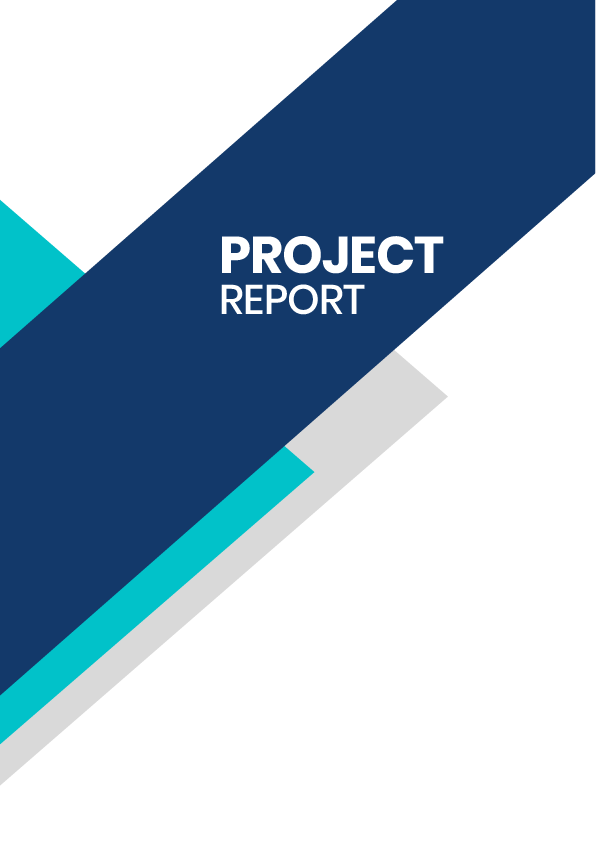Related Keywords
- Emergency Vehicle Production
- Ambulance Production Company
- Healthcare Vehicle Business
- Emergency Transport Manufacturing
- बचाव वाहन निर्माण
- एंबुलेंस असेंबली इकाई
Business Opportunities in Ambulance Manufacturing in India
- The market is growing fast – The medical devices market in India was ₹90,000 crore in 2022. Experts say it will reach ₹4,00,000 crore by 2030. More hospitals and clinics need ambulances.
- More emergencies need quick response – Every year, over 1.5 lakh people die in road accidents. Many lives can be saved if ambulances reach on time. More cities and villages need well-equipped ambulances.
- New technology improves ambulance services – Modern ambulances have 5G, GPS, and remote healthcare tools. They help doctors treat patients better while rushing to the hospital.
- The government supports new businesses – The PLI Scheme for Medical Devices gives financial help to companies making ambulances. The government also allows 100% foreign investment, bringing more business opportunities.
- Big companies already see success – Pinnacle Industries supplies 29% of ambulances in India. This shows there is big demand and space for new businesses.
- Special ambulance services are increasing – Gujarat started an ambulance service for newborn babies and mothers. More states will need such special ambulances in the future.
Best Ways to Market an Ambulance Manufacturing Business in India
- Show the Latest Technology – Add GPS tracking, 5G connectivity, and telemedicine to your ambulances. Hospitals and emergency services want high-tech solutions.
- Solve Traffic Problems – Indian roads are crowded. Make sure your ambulances have features to move through traffic faster. Show buyers why your design is better.
- Make Different Types of Ambulances – Patients need different care. Offer ambulances for kids, senior citizens, and serious emergencies. This helps you reach more customers.
- Prove Your Ambulances Are Safe – Hospitals and governments only buy trusted vehicles. Follow all safety rules and get quality certifications.
- Use Government Help – The Indian government funds ambulance services under different schemes. Connect with hospitals and businesses that get these funds.
- Take Advantage of Growing Demand – The ambulance industry in India is growing by 10% every year. More demand means more sales for you!
- Show Big Investments – In 2020, Maharashtra spent ₹900 crore to buy 500 new ambulances. Use real numbers to convince hospitals and investors that they should buy from you.
Why Choose Finline for the Best Project Report for Ambulance Manufacturing Business?

Need expert service?
Please send a WhatsApp message to us, and our team of experts will guide you in creating a project report for bank loan.
Create Your own project report in less than 10 mins.
- Unlimited edits
- Unlimited downloads
- Up to 10 years of projections
- 20+ pages

Frequently asked questions
Everything you need to know about the product and billing.
Finline is an online tool for creating a project report for bank loan online and see the report for free online. You only need to pay for downloading the report.
Can I change my plan later?
Yes , ofcourse you can upgrade from a lite plan to a pro at anytime.
Can I edit the report after download ? is it chargeable?
You can do unlimited edits even after download without any extra payment.
What is the ‘lite’ and ‘pro’ plan ? Is it subscription based plans?
Lite and Pro are just individual report download plans , not subscription plans.
Do I require a CA seal & Stamp for getting a loan?
Not at all, project report is a business plan about your business and it should be prepared by an entrepreneur . Nobody can predict and certify a business which is going to happen in the future.
Can I get any assistance from your team?
Yes of course, you can go to the help section in all pages were you can find chat button for seeking support.
Can I get a project report format for bank loan through Finline?
Yes! Finline provides a ready-to-use project report format for bank loan. You can create it online, see it for free, and download it instantly for your loan application. This makes your project report format for loan easy to complete in just a few steps.
Do you provide a project report format for bank loan in excel?
Yes. Finline offers a project report format for bank loan in excel that is easy to edit and customize. You can also download a project report format for loan in excel if you prefer working offline.